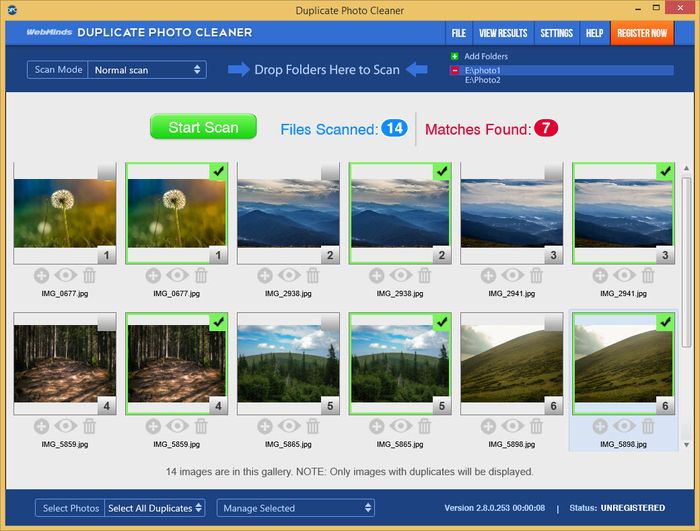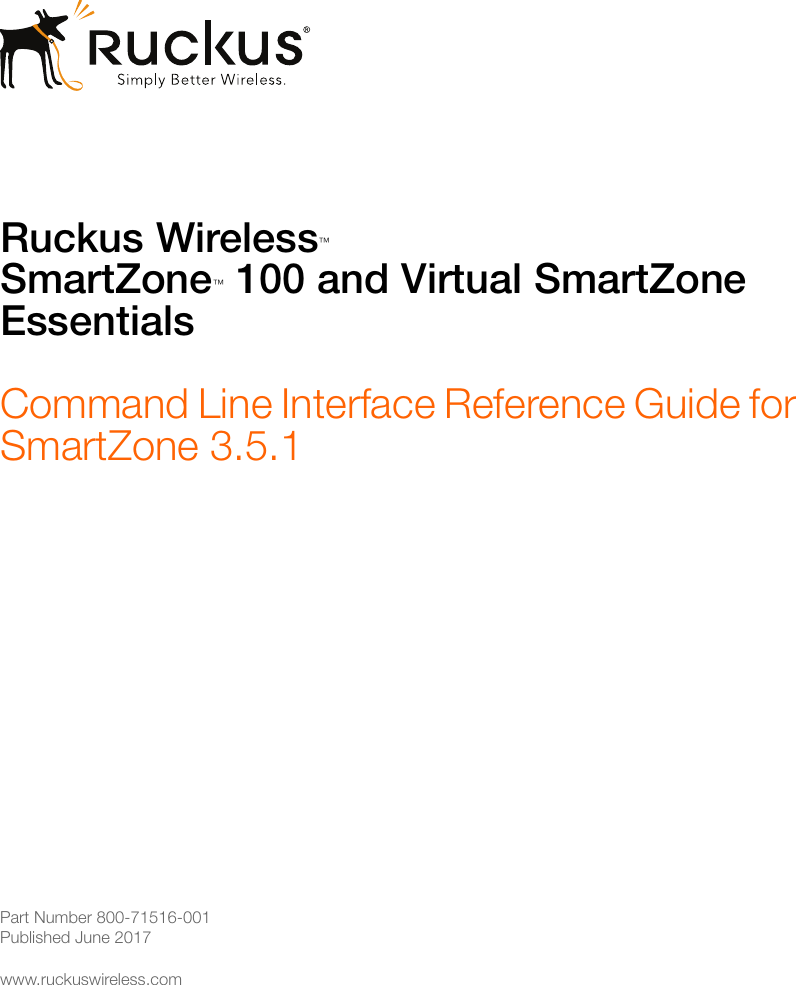While you can use the Terminal to manage files in another user's account, you can also use the Finder to do so, without running into any permissions blocks. Topher Kessler April 19, 2012 7:04 p.m. Click Continue to start the transfer. If you have a lot of content, the transfer might take several hours to finish. In the example above, John Appleseed is a macOS user account. If you transfer an account that has the same name as an account on your new Mac, you're asked to rename the old account or replace the one on your new Mac.

On a Mac there is a difference between text, pictures and files/folders. Cmd-v is paste for text/pictures and copy for files/folders. Cmd-option-v is a move for files/folders and is only available in Finder. Although file sharing has come a long way, there is still no single way or service which can fulfill all requirements of each and every user. So, come with us as we talk about the various ways in which you can transfer files between Mac, be it your own devices or with a friend's device. Where is the mac address on an alexa tower.

On a Mac there is a difference between text, pictures and files/folders. Cmd-v is paste for text/pictures and copy for files/folders. Cmd-option-v is a move for files/folders and is only available in Finder. Although file sharing has come a long way, there is still no single way or service which can fulfill all requirements of each and every user. So, come with us as we talk about the various ways in which you can transfer files between Mac, be it your own devices or with a friend's device. Where is the mac address on an alexa tower.
Home > Articles > Operating Systems, Server > MAC OS X/Other
Mac Move Files Without Copy
␡Windows and Mac can share an NVivo project, the project needs to be converted between Windows and Mac formats using the project converter included with NVivo for Windows. Duplicate manager pro auto find duplicates 1 2 5. Both NVivo for Windows and Mac will need to be the same version to share the file. This link has more information on how to convert a file.
- Transferring Your Documents
This chapter is from the book
This chapter is from the book
If this is your first Mac, but not your first computer, chances are that your old machine runs Windows. You may have old files on your Windows machine—your contact list, calendar events, even your browser bookmarks.
You don't have to leave those behind. You can take them with you to your new Mac. There are many methods for bringing files and information over from your old Windows machine.
Transferring Your Documents
There are two ways to move files from a Windows computer to a Mac: the hard way and the easy way. The hard way is to set both machines up on the same network, get both machines to recognize each other, and transfer files.
You'd think with both Mac and Windows being so mature and advanced that this would be easy. But networks vary so much and are so complex that it can be rather frustrating.
Chapter 13 describes how to network Macs and PCs. If you plan on keeping your Windows computer around and transferring files between them often, you probably want to put the time in now to figure it out. Otherwise, there is an easier way.
The easy method is to use a small and cheap USB flash drive to copy files from your PC to your Mac. They can be bought for $10 to $40, depending on the size. And they will continue to be handy for bringing files to and from work, sharing between friends, and for bringing files along with you away from your Mac.
Copying Files with a USB Flash Drive
When you have a flash drive, the first thing you may need to do is format it in such a way so it can be read by both Mac and Windows machines. Windows cannot read a Mac-formatted disk, but Macs can read a Windows-formatted one. So, if it needs to be formatted at all, you need to format it as FAT32.
You can do this in Disk Utility on your Mac, where it is called MS-DOS (FAT) format, but it is probably easier to just reformat the drive on your Windows machine. It may even already be formatted FAT32 if you just brought it home from the store.
Connect the drive to a USB port on your Windows machine. If it is not in a Windows-readable format, you will be asked to reformat it now. Go ahead and do that, but realize that any data you may have had stored on the drive before will now be gone.
Now you should see the drive show up under My Computer on your Windows machine. In Windows XP, it will look something like Figure 8.1, where you can see the drive as F:.
Figure 8.1 In Windows XP you can see a flash drive show up under My Computer. Eazydraw 9 5 20.
Also in My Computer you should see a folder with your name followed by the word 'Documents.' If you have stored all of your files in Windows in your document folders, they should all be there.
Move Files Between User Accounts Windows 10
Simply drag and drop the whole folder with your name on it on to the removable flash drive. They should copy right over.
Then, think about where else on your Windows machine you would have documents. Have you been storing files in some other part of the drive, outside of you're Documents folder? Think about it and also look around to see what you can find. You can always come back later if you are not getting rid of your PC right away.
Move Mac Files To Pc
Then remove the drive by right-clicking on it in the My Computer window and selecting Eject. Wait a few seconds and then disconnect it from the USB slot.
Next, plug it into your Mac's USB slot. It should appear as a device on the left side of all of your Finder windows. You can then drag and drop documents from there into any folder on your Mac. I recommend putting them all in a 'From Windows' folder in your Documents folder in your user folder.
If you also want to bring over photos, videos, and music, you can place them in those folders as well, though you should read later in this chapter about how to get photos and music into iPhoto and iTunes. See hard drive on mac. Microsoft word for mac free download crack.
Alternate File Transfer Methods
A flash drive isn't the only way to transfer files from a Windows machine to a Mac. Here are some more options.
- Full-sized hard disk—You are buying an external drive to use for Time Machine backups anyway, right? Before you start, just format it for Windows as FAT32 the same way you would format a flash drive. Then use the full-sized drive to get your files over to your Mac before letting Time Machine reformat it for backup use.
- Local network—If you can connect both computers to the same network, turn file sharing on for both, and you can connect successfully, this is the best method. See Chapter 13, 'Networking and File Sharing,' for details.
- Bluetooth file sharing—If your Windows computer has Bluetooth, a wireless communications method, you can attempt to send single files back and forth.
- iDisk—If you are a MobileMe user, you can access your MobileMe storage space on both Mac and Windows computers. Then just transfer files from your Windows machine to your iDisk, and then from your iDisk to your Mac.
- Email—If you have email working on your Windows machine and your Mac, consider just attaching files to an email and sending them to yourself.
- File-sharing website—Some websites allow you to upload files, for a fee, to make them publicly or privately available to others. You could simply send or share a file to yourself this way, from one machine to the next. Check out http://yousendit.com, http://www.box.net, http://www.jungledisk.com, and many others.
- Special hardware—For a price you can get a special cable that will allow you to connect a Windows computer and a Mac. One is the Belkin Switch-to-Mac Cable. Another is the iTornado.
- Burn a CD—If your PC has a CD or DVD burner in it and you know how to use it, you can burn a CD-ROM or DVD-ROM with all of your files on it. This is also a good way to archive your PC's files before retiring the PC in favor of your new Mac.
- Apple Genius—The Apple Store offers to do the file transfers for you for free. Just make an appointment at the Genius Bar and bring both your new Mac and old PC. See Chapter 25, 'Getting Help,' for more about the Genius Bar.
Related Resources
- Book $55.99
- eBook (Watermarked) $55.99
- Web Edition $55.99